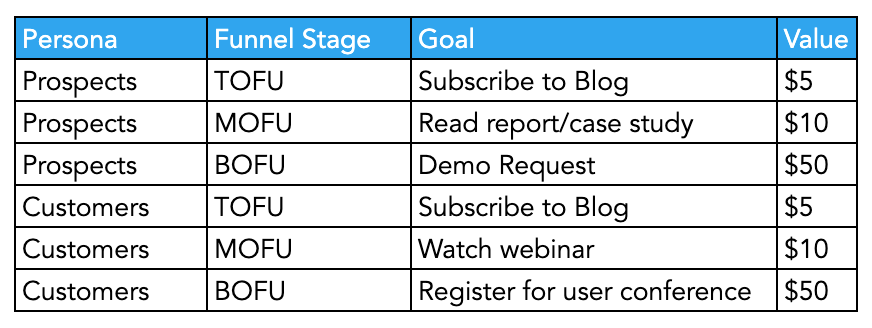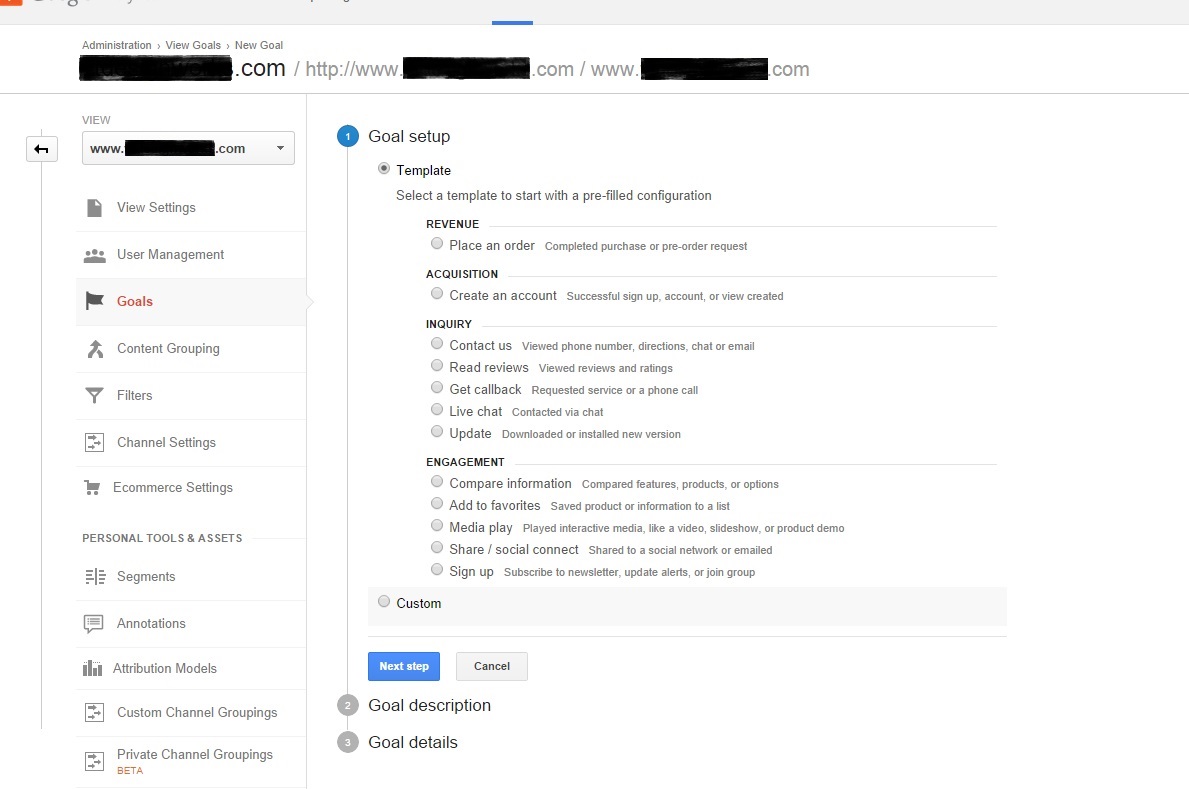Discovering What Data Is Google Analytics Goals Unable to Track
Discovering What Data Is Google Analytics Goals Unable to Track
Blog Article
Demystifying Google Analytics Limitations: Discover What Data Goals Can not Track
In the world of digital analytics, Google Analytics stands as an effective tool that offers valuable insights right into website performance and customer habits. However, amidst its capabilities, there exist restrictions that usually go undetected. Recognizing what Google Analytics can not track is vital for an extensive grasp of data interpretation and decision-making processes. From the details of individual communication with vibrant material to the complexities of cross-device user trips, these limitations lost light on areas that may remain obscured from standard analytics perspectives. By deciphering these constraints, a clearer image emerges, enabling more educated methods and refined understandings right into customer involvement and conversions.

Individual Interaction With Dynamic Material
Individual interaction with vibrant content plays a crucial function in understanding individual habits on websites and optimizing the general individual experience. Dynamic content describes components on a web page that can transform without the requirement for a complete page reload. This includes interactive elements such as pop-ups, sliders, forms, and videos that react to individual activities in real-time. By tracking individual communications with vibrant content, site owners can acquire important insights into individual engagement, preferences, and actions.
Google Analytics offers various tools to track user communications with dynamic content, such as occasion monitoring and online pageviews. Event monitoring allows you to monitor certain individual actions, like clicking a button or watching a video clip, supplying data on exactly how customers engage with dynamic aspects.
Cross-Device User Journeys
Just how can modern-day analytics tools track the complicated courses customers take across multiple tools in their on the internet journeys? Cross-device individual trips provide a considerable challenge for tracking and assessing customer actions accurately. As individuals communicate with apps or internet sites using various gadgets such as tablets, smart devices, and desktops, it becomes critical to understand how they relocate in between these systems to maximize customer experience effectively.
Google Analytics faces restrictions in tracking cross-device individual journeys due to privacy concerns and technical constraints - what data is google analytics goals unable to track. While it can offer insights into individual devices' interactions, tracking a seamless user trip throughout numerous tools stays a difficulty. This limitation can result in incomplete information and fragmented customer understandings, making it difficult for businesses to create a unified view of the consumer trip
To address this concern, businesses can make use of advanced analytics devices that supply cross-device monitoring abilities, enabling them to gain an extra alternative understanding of individual behavior. By leveraging these devices, services can connect the gap in tracking cross-device user trips and optimize their electronic approaches for a seamless user experience.
Offline Conversions and Acknowledgment
As organizations browse the difficulties of tracking cross-device user trips, an additional pivotal facet to take into consideration is the realm of offline conversions and acknowledgment in the realm of information analytics. While Google Analytics supplies useful insights right into online individual behavior, it drops short when it involves tracking conversions that occur offline. This constraint postures a considerable obstacle for organizations that have both online and offline sales channels.
Offline conversions, such as acquisitions made in physical shops or via phone call facilities, are necessary to understanding the total consumer trip. Without the capability to connect these offline conversions to specific on the internet communications, businesses might battle to properly measure the effect of their electronic marketing initiatives.
To resolve this gap, companies can discover alternative services such as incorporating CRM systems with on-line analytics devices or using one-of-a-kind promo codes that can be traced back to on-line projects. By connecting the space in between online and offline information, businesses can acquire a much more thorough understanding of their customers' habits and boost their overall advertising and marketing techniques.
Person Customer Identification
In the world of data analytics, the ability to precisely identify private users across numerous online touchpoints is a vital obstacle for businesses seeking to individualize and maximize their marketing techniques. While Google Analytics offers useful understandings into individual actions and interactions, it falls short in making it possible for the identification of particular individuals because of personal privacy concerns and technological limitations. Google Analytics makes use of special identifiers such as cookies to imp source track customer sessions and actions, but these do not correspond to determining specific customers in a personal sense.

Data From Secure Pages
Regardless of the raising occurrence of protected pages on internet sites, acquiring data from these encrypted sources presents an unique obstacle for electronic analytics platforms like Google Analytics. Secure web pages, shown by HTTPS in the URL, secure information traded between the customer's web browser and the site's server to guarantee privacy and security. While this file encryption is vital for shielding delicate information, it additionally poses restrictions for tracking customer behavior and gathering analytics information.
Google Analytics encounters obstacles in gathering thorough information from protected pages because of the security protocols in position. As a result, specific information factors such as referral sources, keyword searches, and even some individual communications might not be totally captured when users access a web site via a secure connection. This restriction can affect the accuracy and efficiency of the information evaluation, leading to gaps in recognizing customer behavior and preferences on safe web pages.
To navigate this challenge, digital analysts might require to explore different monitoring techniques or leverage other devices specifically created to collect insights from protected web pages. By adjusting techniques to suit these limitations, companies can still acquire valuable analytics in spite of the restraints presented by encrypted connections.
Final Thought
Finally, Google Analytics has constraints in tracking user communication with dynamic content, cross-device individual trips, offline conversions, specific customer recognition, and from this source information from secure web pages. These constraints impede a thorough understanding of customer actions and might bring about gaps in information evaluation. Despite its beneficial understandings, Google Analytics may view not supply a full photo of individual engagement throughout different touchpoints. It is vital for companies to be knowledgeable about these constraints and think about additional devices for an extra holistic sight of their data.
Customer communication with dynamic web content plays a vital role in recognizing individual behavior on web sites and optimizing the total customer experience. By tracking individual communications with dynamic web content, web site proprietors can get important insights into customer engagement, choices, and habits.
Google Analytics uses unique identifiers such as cookies to track individual sessions and actions, but these do not relate to determining individual users in an individual sense.
As an outcome, particular data factors such as reference sources, keyword searches, and also some user interactions might not be fully captured when individuals access a site through a secure connection.In conclusion, Google Analytics has limitations in tracking customer interaction with vibrant web content, cross-device user trips, offline conversions, individual customer identification, and information from safe and secure web pages.
Report this page